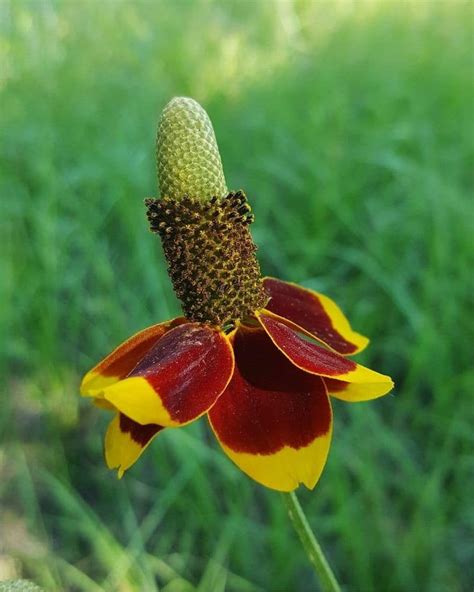Golden Bell Growing Guide: Bloom Success

The Golden Bell flower, known for its vibrant and delicate appearance, is a sought-after addition to many gardens. However, to achieve bloom success with these beautiful flowers, it's essential to understand their specific growing requirements. In this comprehensive guide, we'll delve into the world of Golden Bell flowers, exploring their characteristics, growth conditions, and the best practices for nurturing them to their full potential.
Understanding Golden Bell Flowers

Golden Bell flowers, scientifically known as Forsythia, are a genus of flowering plants in the olive family. They are renowned for their bright yellow, bell-shaped blooms that appear early in the spring, often before the leaves emerge. These flowers are not only visually stunning but also symbolize anticipation and hope, making them a popular choice for gardens and floral arrangements.
Growth Conditions for Golden Bell Flowers
To ensure the successful growth and blooming of Golden Bell flowers, it’s crucial to provide them with the right conditions. They thrive in full sun to partial shade, meaning they require at least four hours of direct sunlight per day. Additionally, they prefer well-drained soil with a slightly acidic to neutral pH, ranging from 6.0 to 7.0. Golden Bell flowers are relatively hardy and can tolerate a variety of soil types, but they do best in soil that is rich in organic matter.
| Soil Requirement | Preferred Condition |
|---|---|
| pH Level | 6.0 to 7.0 |
| Soil Type | Well-drained with organic matter |
| Sunlight | Full sun to partial shade |

Care and Maintenance for Optimal Blooming

Care and maintenance play a pivotal role in the blooming success of Golden Bell flowers. Watering is a critical aspect; these flowers need consistent moisture, especially during their first year of growth. However, it’s essential to avoid overwatering, which can lead to root rot. Fertilization is also important, with a balanced fertilizer applied in the early growing season to promote healthy growth and blooming.
Pruning for Enhanced Blooming
Pruning is a vital practice for maintaining the health and promoting the blooming of Golden Bell flowers. It’s recommended to prune these flowers immediately after they finish blooming in the spring. This timing is crucial because Golden Bell flowers produce their flower buds on the previous year’s growth. Pruning too late in the summer or fall can inadvertently remove the buds that would bloom the following spring, reducing the flower’s blooming potential.
When pruning, it's essential to remove any dead, diseased, or damaged branches to maintain the plant's health and appearance. Additionally, cutting back about one-third of the oldest stems to the ground can help rejuvenate the plant and encourage new growth, which will eventually produce more blooms.
Common Challenges and Solutions
Despite their beauty and relatively low maintenance, Golden Bell flowers can face several challenges that may affect their blooming success. One common issue is pest infestation, with aphids, scale, and spider mites being among the most problematic pests. Regular inspection and the use of organic or chemical pest control methods can help mitigate these issues.
Disease Prevention and Management
Diseases such as powdery mildew and root rot can also impact Golden Bell flowers. Preventive measures include providing good air circulation around the plants, avoiding overwatering, and applying fungicides when necessary. For root rot, improving soil drainage and reducing watering can help manage the condition.
| Pest/Disease | Solution |
|---|---|
| Aphids | Organic or chemical pest control |
| Powdery Mildew | Improve air circulation, apply fungicides |
| Root Rot | Improve soil drainage, reduce watering |
What is the ideal time to plant Golden Bell flowers?
+The ideal time to plant Golden Bell flowers is in the fall or early spring, when the weather is cooler. This allows the plants to establish themselves before the heat of summer or the cold of winter.
How often should Golden Bell flowers be watered?
+Golden Bell flowers should be watered consistently, especially during their first year of growth. However, it's crucial to avoid overwatering, which can lead to root rot. The soil should be kept moist but not soggy.
Can Golden Bell flowers be grown in containers?
+In conclusion, achieving bloom success with Golden Bell flowers requires a deep understanding of their growth conditions, care, and maintenance. By providing the right environment, practicing proper pruning techniques, and being mindful of potential challenges, gardeners can enjoy the vibrant beauty of these flowers in their gardens. Whether you’re a seasoned gardener or just starting out, the Golden Bell flower is a rewarding and beautiful addition to any garden, offering a glimpse of hope and anticipation with its early spring blooms.



